After a 40 to 60-minute intense workout (think CrossFit WOD or its equivalent), it can take between 3 and 7 days to fully recover.¹
For an extreme event like an Ironman race, triathlon, or marathon, recovery is in the range of 10 to 14 days.² After an Ironman triathlon, it can take more than 19 days for your body to bounce back!³
And “recover” doesn’t just mean “not feel sore.”
Recovery is your red and white blood cells (RBCs & WBCs) normalizing, inflammation subsiding, muscle fibers healing, restoration of hormones and neurotransmitters, repletion of minerals, etc.
Fortunately, by understanding the body functions necessary for recovery, there are many scientifically-validated ways to speed up and support this process.
If you’re not pulling out all the stops to recover quickly, then you’re shorting yourself as far as how many extra training days you can get out of the year, the quality of your training, the amount your performance can improve, and even just how good you feel on a day to day basis.⁴
Rather than performing below your potential or suffering from nagging aches, pains and injuries, support your body’s recovery process with these proven techniques and discover what your body can really do.
12 Scientifically Proven Ways You Can Recover From Exercise Faster
These techniques range from the very basic to utilizing some more advanced tools—allowing you to choose your own recovery adventure.
1. Fasting
The majority of sports nutrition recommendations advise you to enter workouts well-fed and then immediately consume a post-workout protein shake or meal.
However, there is actually quite a bit of evidence that fasting can have a recovery effect.
In a study on cyclists, three weeks of overnight-fasted workouts increased post-workout recovery capability while maintaining lean muscle mass, lower body fat, and performance.⁵
Another study on endurance athletes suggested that fasted training may more quickly activate muscle protein translation, or repair, especially compared with athletes who ate carbohydrates before training.⁶
There are also benefits to fasting for weight training.
A 2009 study found that subjects who lifted weights in a fasted state had a greater anabolic response to a postworkout meal).⁷ This was indicated by levels of p70S6 kinase, a muscle protein synthesis-signaling mechanism that acts as an indicator of muscle growth, doubling in the fasted group compared with the fed group.
Essentially, by depriving the body of nutrients and entering a workout in a fasted state, the workout is a greater stress on your body, which leads to greater adaptations.
2. Proteolytic Enzymes
Enzymes do far more than just help digest your food.
They serve a wide range of functions within the human body by allowing certain chemical reactions to occur much quicker, including those involved in exercise recovery.
For example, in the book "Enzymes & Enzyme Therapy," author Anthony Cichoke highlights how recovery from sprains and strains can decrease from eight weeks of inactivity to an impressive two weeks of inactivity with the consumption of enzymes.
One study, entitled "Protease supplementation improves muscle function after eccentric exercise," found that protease supplementation attenuated muscle strength loss after eccentric exercise by regulating leukocyte activity and inflammation.⁸
Another study found that protease supplementation reduced the amount of strength loss immediately after eccentric exercise and aided in short-term strength recovery.⁹
When karate fighters were studied, it was found that certain proteolytic enzyme mixtures reduced recovery time for hemotoma, swelling, restriction of movement, inflammation from exercise, and overall unfit for training by over 50% for each parameter.¹⁰
This is why our ultimate recovery formula, Kion Flex, contains a blend of proteolytic enzymes, along with other research-backed, all-natural ingredients proven to support exercise recovery.
Similarly, another study found that with hydrolytic enzymes, people could recover from ankle-related injuries up to 50% faster.¹¹
3. Natural Anti-Inflammatory Foods
Assessing the inflammatory effect of a food takes into consideration at least two dozen factors, including the amounts and proportions of various fatty acids, the amounts of antioxidants and other nutrients, and a food’s glycemic impact—or effect on blood sugar levels.¹²
But it is not as clear-cut as it might sound.
Some foods have both inflammation-producing and inflammation-reducing factors.
An orange, for example, contains antioxidants that can fight inflammation but also contains natural sugars that can have a mild inflammatory effect. Beef is another good example. A nice cut of steak contains mildly inflammatory saturated fats but also has a lot of anti-inflammatory monounsaturated fats.
Some convenient anti-inflammatory foods include:
- Pineapple: Pineapple is rich in a proteolytic enzyme called bromelain, which produces substances that help fight pain and inflammation.¹³
- Blue, red, and purple fruits and vegetables: All of these contain antioxidant flavonoids that limit inflammation, prevent tissue breakdown, improve circulation, and promote a strong collagen matrix.
- Tart Cherry Juice: The anthocyanins in tart cherries possess strong antioxidant and anti-inflammatory properties that may reduce the severity of exercise-induced muscle damage and the associated pain and swelling.¹⁴ One study found that runners who consumed tart cherry juice seven days prior to and during a strenuous running event experienced significantly less post-run muscle pain compared to the control group.¹⁵
- Ginger: Possesses many strong antioxidant and anti-inflammatory properties. One study demonstrated that daily consumption of raw and heat-treated ginger resulted in moderate-to-large reductions in muscle pain following exercise-induced muscle injury, reaffirming the hypoalgesic effects of ginger in osteoarthritis patients and further demonstrate ginger's effectiveness as a pain reliever.¹⁶
- Turmeric: Curcumin is often touted as being the "golden child" of turmeric, but new research actually shows that there are polysaccharides in turmeric called turmerosaccharides that have even more recovery potential that curcuminoids (read more here).
While anti-inflammatory foods and antioxidants are a crucial component of a healthy diet, athletes should be aware that high doses of antioxidants may blunt the body's adaptation response to training.
One study investigated the effects of relatively high-dose vitamin C and E supplementation on endurance training adaptations.¹⁷ The supplements did not have a significant effect on the performance tests compared to the control group, but markers for the production of new muscle mitochondria were only increased in the group not taking any supplements.
Another study looked into replicating these effects in resistance training adaptations using the same supplementation regimen - 1,000mg Vitamin C and 235mg Vitamin E daily.¹⁸ Supplementation did not affect the amount of muscle growth, but some measurements of muscle strength were lower in the supplement group compared to the control.
With this information in mind, it may be wise to take any high doses of antioxidant supplements several hours away from the time you workout.
4. Essential Amino Acids
Most athletes are familiar with branched chain amino acid supplements (BCAAs). While there are a number of studies on BCAA supplementation for fueling exercise and decreasing exercise-induced muscle damage.
However, there are some downsides to taking BCAAs when compared to essential amino acids, or EAAs.¹⁹ (An entire article on the difference between the two can be found here.)
Because EAAs are a more complete source of amino acids, and because they keep your body from using your own lean-muscle tissue for energy during exercise, they are a better option for exercise recovery than BCAAs alone.²⁰
One study indicated that consuming an EAA mixture after resistance training increases muscle protein synthesis and net muscle protein balance, indicating that ingesting EAAs post workout may stimulate faster muscle repair, recovery and growth.²¹
Kion Aminos are pure, plant-based essential amino acids with zero junk ingredients and proven recovery benefits.
5. Deep-Tissue Work
Deep-tissue work includes anything that digs into your fascia, such as Rolfing, Muscle Activation Technique, Advanced Muscle Integrative Therapy, Graston Technique, Trigger Point Therapy, deep-tissue sports massage, foam rolling, and even simply using a tennis ball, lacrosse ball, or golf ball to dig into tight or sore spots.
Fascia is a densely woven covering, comprised primarily of collagen, that interpenetrates every muscle, bone, nerve, artery, and vein in your body.²²
Things like trauma, inflammatory responses (like the kind that can occur after a hard workout) and surgical procedures can produce what are called myofascial restrictions. These restrictions can produce tensile pressures up to 2,000 pounds per square inch of damaged tissue!
That kind of pressure can block circulation and cause pain, inflammation, and limited mobility. So, when that kind of pressure builds up, it needs to be released by a process called myofascial release.
Myofascial release involves gentle sustained pressure on the restrictions in order to restore full range of motion.²³ Self-administered trigger point relief has been shown to significantly decrease pain and improve quality of life.²⁴ It can be achieved by all the aforementioned tools and techniques.
To do it yourself, just find a tight spot, lay down on the ground and pin the sore area on the deep-tissue tool, work it around, free up fascia, pull the skin away from the muscle a little, put some pressure on the muscle and basically try to tear apart some of the fibers that tend to tighten and inhibit recovery.
These recovery tools come in all sorts of shapes and sizes, but whichever form they take, they’re a crucial addition to your toolbox.
6. Inversion
If you recently had a hard workout, or if you’ve been on your feet all day, a simple method for recovery is inversion.
Inversion has been shown to assist with lymphatic fluid circulation, back pain, blood flow and circulation, and spinal or hip misalignment from high-impact workouts and the use of an inversion table actually lengthens the spine and mobilizes the hips.²⁵
You can get something like an inversion table or a yoga swing, but you can also just prop your feet up against the wall and let the blood drain from your legs to the rest of your body for 2 to 5 minutes.
7. Compression Gear
The research tends to show varying results when looking at how compression affects athletic performance, but there are promising findings for how compression garments may enhance exercise recovery.
This study found that wearing a compression garment during the 24-hour recovery period enhanced various psychological, physiological, and a few performance markers of recovery compared with non-compressive control conditions.²⁶
Specifically, compression had a significant positive outcome on perceived vitality, resting fatigue ratings, muscle soreness, ultrasound measure muscle swelling, bench press throw, and serum concentrations of creatine kinase.
Another study found that wearing lower limb compression garments for twelve hours after exercise-induced muscle damage improved all markers of recovery except for creatine kinase in young, active females, with recovery being measured using self-reported muscle soreness, creatine kinase levels, knee extensor strength and vertical jump height.²⁷
With this information in mind, compression gear is definitely worth a try if tough workouts are leaving you sidelined longer than you’d like.
8. Acupuncture
One of the oldest healing practices in the world, acupuncture has helped in recovery from muscular fatigue, recovery from overtraining and adrenal fatigue, management of muscle pain, and many of the common aches and pains experienced by physically active or overtrained people.²⁸ ²⁹ ³⁰
The actual procedure involves inserting hair-thin needles into certain points along your meridian, the path through which your Qi runs. Needling these points, called your acupuncture points, stimulates the body’s natural healing mechanisms, and certain points are associated with specific pathologies.
There are many theories on how acupuncture works, but its true mode of action remains a mystery.
The ancient Chinese explanation is that acupuncture corrects the flow of Qi, our vital energy. The Western explanation is that acupuncture stimulates blood flow, the release of endorphins, and other physiological processes that temporarily relieve pain.
Regardless of how it works, though, millions of people have used acupuncture successfully, and research continues to reveal more of its benefits.
You can find licensed acupuncturists operating out of pristine medical clinics throughout the United States through the National Certification Commission for Acupuncture and Oriental Medicine (NCCAOM).
9. Electrical Muscle Stimulation (EMS)
EMS involves a device that sends electrical signals to muscles, causing them to contract. And depending on the type of electrical muscle stimulation unit (EMS unit) that you use, it can activate the muscles in a therapeutic manner.
EMS therapy can go way beyond simple training recovery, too. Critical illness polyneuromyopathy (CIPNM) is a complication of critical illness that results in muscle weakness.
One study concluded that daily EMS sessions prevented the development of CIPNM in critically ill patients, preserved muscle mass, and cut the amount of time spent in the ICU.³¹
The loss of muscle mass in critically ill patients is partially attributed to sepsis and multiple organ failures, as well as immobilization, so the use of EMS as an alternative to traditional exercise may aid in the recovery from chronic obstructive pulmonary disease and chronic heart failure.
You can upgrade the effect of EMS as well by spraying down the skin beforehand with magnesium or arnica gel or any topical anti-inflammatory and just tape the electrodes over the oil or lotion. Tour-de-France cyclists are known to cover the electrodes with ice for an extra boost.
10. Vibration Therapy
Whole-body-vibration (WBV) therapy, which involves standing or moving on a vibration platform, has been shown to not only increase strength, power, and speed, but also to generate a hormonal, immune, and anti-inflammatory response.³²
Postmenopausal women may be familiar with the risks of bone fractures, due in part to reduced hip bone density and general osteoporosis. One study conducted on postmenopausal women found that a 24-week WBV training program not only improved isometric and dynamic muscle strength (+15% and +16% respectively) but also increased hip bone density, combined benefits which were not observed in women who participated in traditional resistance training.³³
While occupational, high-frequency vibration (the type of vibration experienced by pilots and truck drivers) has negative effects on blood flow and muscle strength, low-frequency vibration, as a training tool, increases both muscle strength and muscular blood circulation, by increasing blood flow velocity and reducing resistance.³⁴
There are a variety of vibrating devices, from wands to platforms to larger devices, that cover a broad area of skin. The idea is the same behind hiring a massage therapist—the vibrations draw blood into the muscle and surrounding tissue. Drawing blood into the tissues brings oxygen, nutrients, and growth hormones in for recovery, while simultaneously stimulating a lymphatic response to drain waste and excess fluid.
You can take a couple different forms of vibration therapy anywhere you go for a quick recovery session to knock out soreness or tight spots.
11. Far-Infrared Light
Far-infrared light is radiant and thermal, like the type of heat we get from sunlight. Radiant heat is a form of energy that heats objects directly through a process called conversion, without having to heat the air.
Exposing the body to infrared light has been shown to raise white blood cell count and enhance immunity, and also to heat tissue and increase blood flow to injured or recovering muscles.³⁵
One study found that far infrared heat improves recovery of the neuromuscular performance during a five-day intensive training period, with improved recovery being associated with the increase in the testosterone to cortisol ratio.³⁵
Another study found that 30 minutes of far infrared sauna bathing post workout appears favorable for the neuromuscular system to recover from maximal endurance performance.³⁶
In most infrared saunas, ceramic or metallic elements are used to emit energy. Unlike in a regular sauna or steam room, this energy penetrates the skin and heats from the inside as well as outside the skin, so the heat penetrates deeper.
12. Pulsed Electromagnetic Field Therapy (PEMF)
PEMF uses electrical energy to direct a series of magnetic pulses through injured tissue. The tiny electrical signal from each pulse stimulates cellular repair by up-regulating a tissue-repair protein called “heat-shock protein” and increases the uptake of oxygen and nutrients into tissue.
Tons of studies have shown PEMF to be effective in healing soft-tissue wounds, reducing inflammation, decreasing pain, and increasing range of motion.³⁷ ³⁸
By stimulating ATP production through a process called myosin phosphorylation, PEMF can also decrease the amount of time it takes to replenish energy stores after a workout. PEMF may also accelerate bone repair, which can come in handy if you have a stress fracture or broken bone.³⁹ PEMF also reduces symptoms of delayed-onset muscle soreness.⁴⁰
PEMF devices can be held or moved slightly over an area of damaged tissue or healing bone for ten to thirty minutes.
Interestingly, the magnetic signal released by a PEMF device is very similar to that released by grounding or earthing mats, but unlike these mats, a PEMF device does not need to use a three-pronged plug to be plugged into an outlet and grounded—so it actually exposes you to less electrical pollution.
Summary
Believe it or not, this is just a small sampling of the various ways you can speed up your body’s recovery processes.
To start, experiment with the tools or techniques that are most accessible or applicable to you. From there, you can go as deep as you want into the more advanced or fringe techniques.
Whatever you do, make sure you’re prioritizing recovery so that you can perform your best during your workouts and experience the true potential of your body.
Want an even shorter, more manageable list of recovery tips? Check out this article.
Your ultimate recovery secret weapon.
Try NowScientific Research
- http://journal.frontiersin.org/article/10.3389/fphys.2016.00260/full
- https://www.researchgate.net/publication/233369486_Recovery_following_an_Ironman_triathlon_A_case_study
- https://well.blogs.nytimes.com/2012/03/19/how-long-does-it-take-to-recover-from-a-marathon/
- https://getkion.com/articles/body/signs-your-recovery-sucks/
- https://www.ncbi.nlm.nih.gov/pubmed/19197210
- https://www.ncbi.nlm.nih.gov/pubmed/21132439
- https://www.ncbi.nlm.nih.gov/pubmed/20187284
- https://www.ncbi.nlm.nih.gov/pubmed/19727022
- https://www.ncbi.nlm.nih.gov/pubmed/17685720
- http://www.foundhealth.com/proteolytic-enzymes/overview
- http://therapy.epnet.com/nat/GetContent.asp?siteid=EBSCO&chunkiid=21671
- https://www.bodybuilding.com/fun/how-anti-inflammatory-foods-helps-you-recover-faster.html
- https://www.ncbi.nlm.nih.gov/pmc/articles/PMC3529416/
- https://www.ncbi.nlm.nih.gov/pubmed/10075763
- https://www.ncbi.nlm.nih.gov/pubmed/20459662
- https://www.ncbi.nlm.nih.gov/pubmed/20418184
- https://www.ncbi.nlm.nih.gov/pubmed/24492839
- http://onlinelibrary.wiley.com/doi/10.1113/jphysiol.2014.279950/abstract
- https://www.ncbi.nlm.nih.gov/pubmed/18974721
- https://www.ncbi.nlm.nih.gov/pubmed/3316914
- http://ajpendo.physiology.org/content/283/4/e648
- https://www.myofascialrelease.com/about/fascia-definition.aspx
- https://www.ncbi.nlm.nih.gov/pubmed/28167184
- https://www.ncbi.nlm.nih.gov/pubmed/21334027
- https://www.ncbi.nlm.nih.gov/pubmed/687049
- https://www.ncbi.nlm.nih.gov/pubmed/20195085
- https://www.ncbi.nlm.nih.gov/pubmed/20376479
- https://www.ncbi.nlm.nih.gov/pubmed/19606508
- http://www.acupuncture.com/newsletters/m_apr10/acupuncture%20adrenal%20glands.htm
- https://www.health.harvard.edu/blog/acupuncture-is-worth-a-try-for-chronic-pain-201304016042
- https://ccforum.biomedcentral.com/articles/10.1186/cc8987
- https://www.ncbi.nlm.nih.gov/pubmed/18762281
- http://onlinelibrary.wiley.com/doi/10.1359/JBMR.0301245/full
- http://onlinelibrary.wiley.com/doi/10.1046/j.1365-2281.2001.00335.x/full
- https://www.ncbi.nlm.nih.gov/pubmed/22163272
- https://www.ncbi.nlm.nih.gov/pmc/articles/PMC4493260/
- https://www.ncbi.nlm.nih.gov/pubmed/20329696
- https://www.ncbi.nlm.nih.gov/pmc/articles/PMC2670735/
- https://www.ncbi.nlm.nih.gov/pubmed/9492162
- https://www.ncbi.nlm.nih.gov/pubmed/24906295
* These statements have not been evaluated by the Food and Drug Administration. This product is not intended to diagnose, treat, cure, or prevent any disease.
© 2022 Kion. All rights reserved.



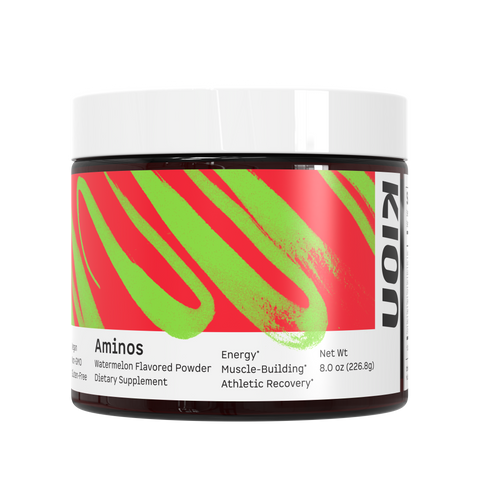
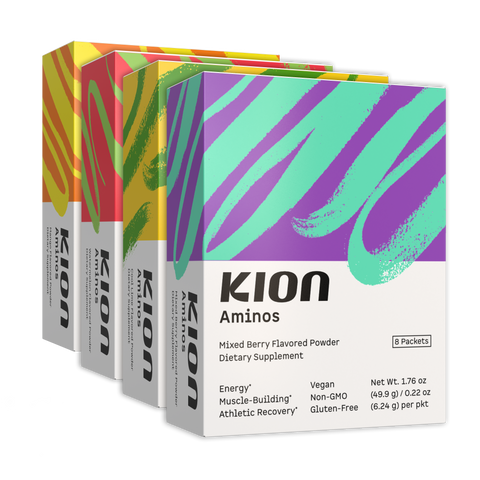
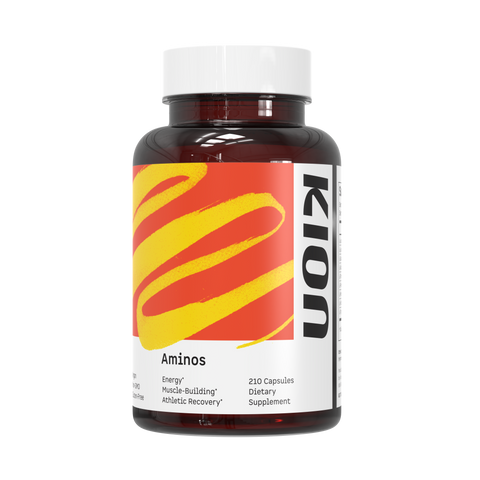
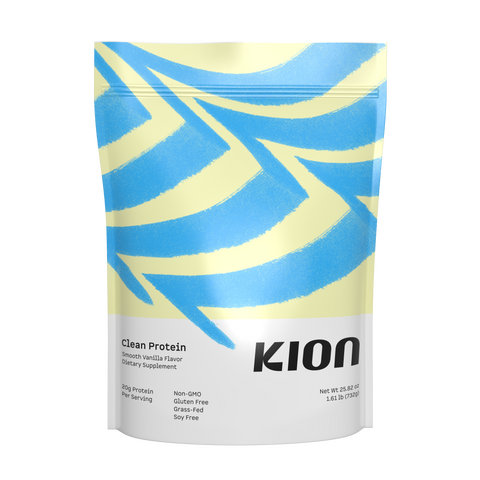
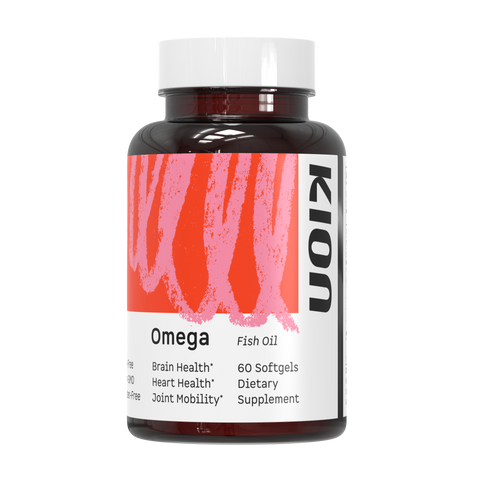
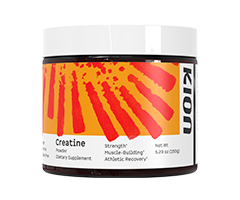
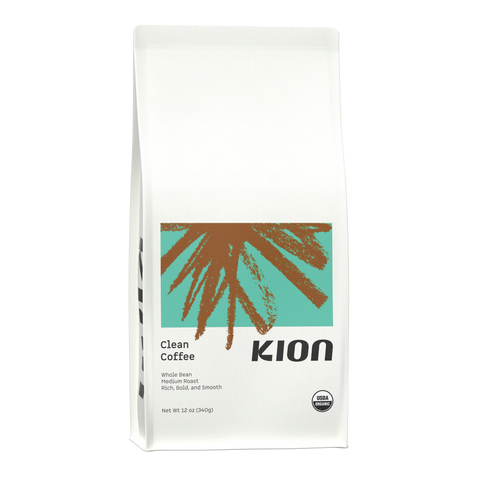
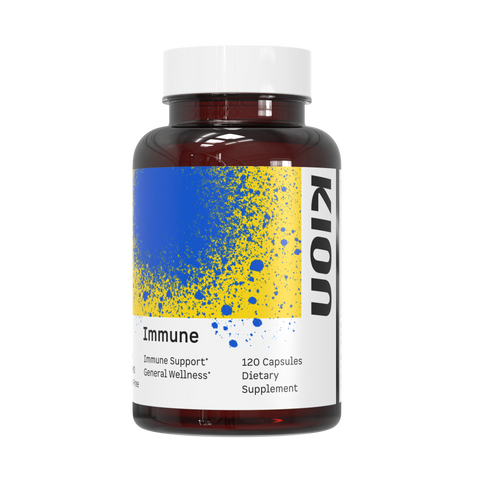
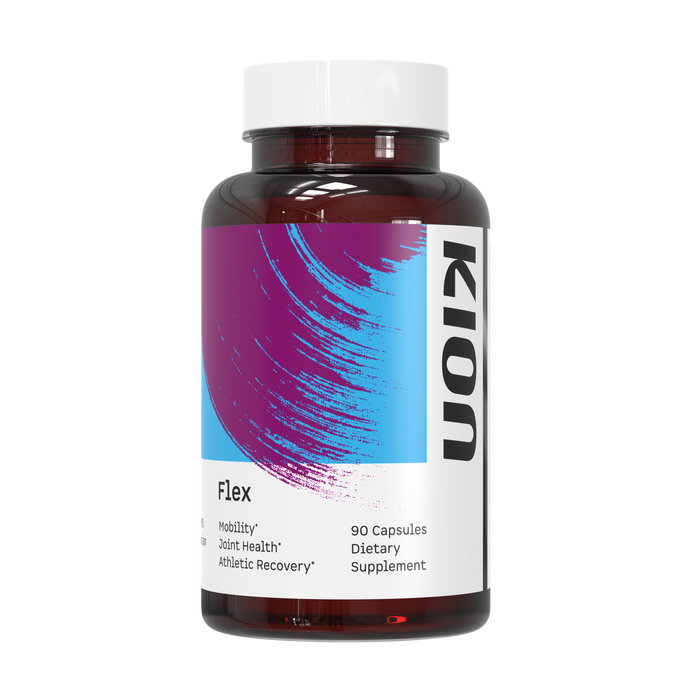
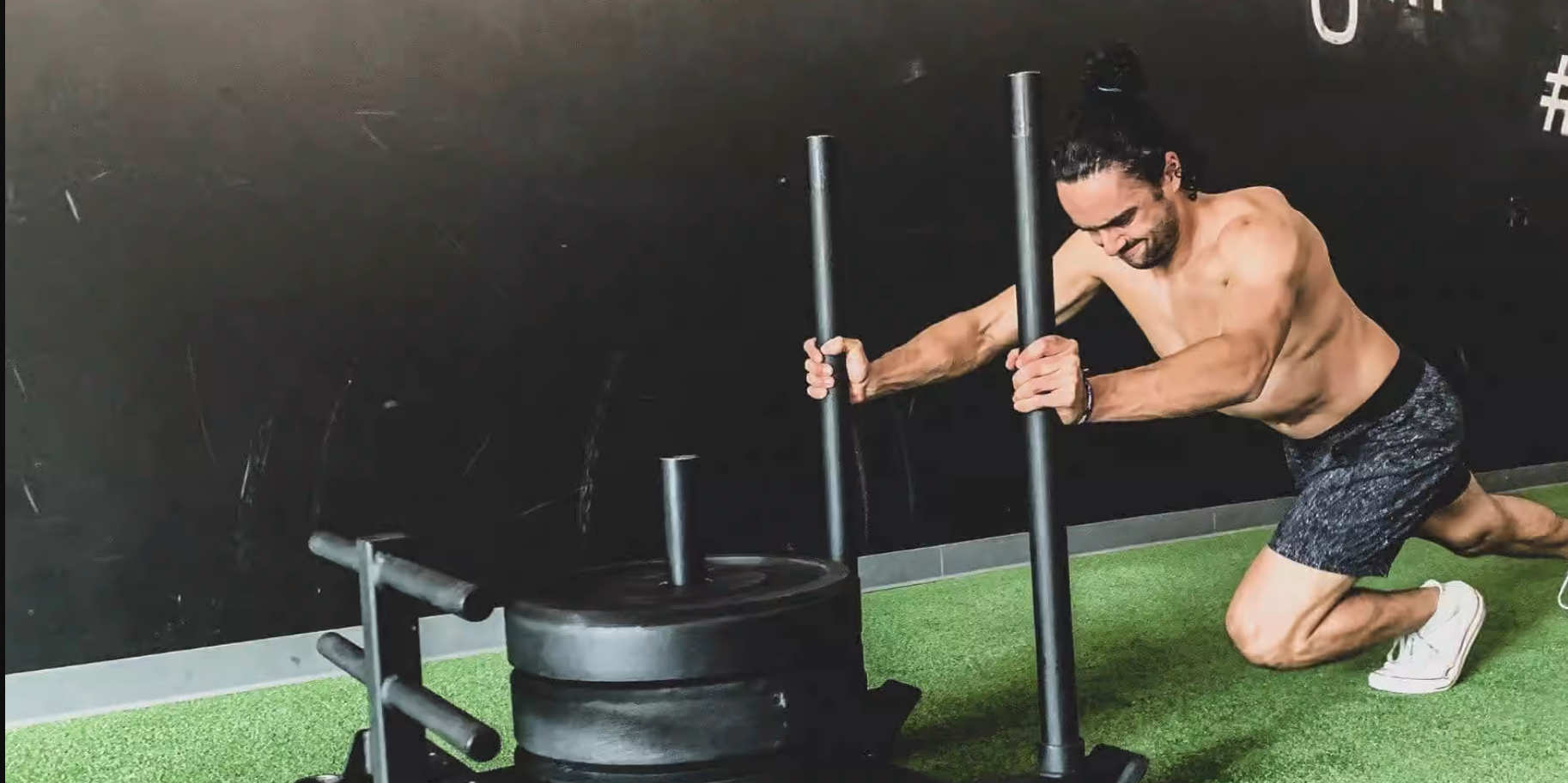



Comments
Some wonderful advice above, but I’m a little disappointed that the only referenced studies you used for fasting included just men. There is no blanket advice when it comes to fasted training, especially because women have a significantly different HPG axis. Much can be attributed to the difference in Kisspeptin peptide and its receptors, of which women have more and are more susceptible to caloric restriction and fasting. This primes a catabolic and SNS response. There was a recent study that was done over a short period that included women similar to the one mentioned in your article that was beneficial for short term performance, however this was short term. There is far greater literature about the effects of training with low energy availability and the significant repercussions of this. I understand Ben is male and much of what he discusses is around that, but please be understanding that female physiology is different and that deserves recognition.
———
Kion replied:
Happy to hear that you enjoyed this article! As the intent of this article was to focus on vairious recovery methods, not specifically fasting, we’ve reserved our deeper dives into fasting for other articles. You might check our post regarding women and fasting, in which we specifically address female athletes here https://getkion.com/blogs/all/fasting-for-women-1
>
Keegan on